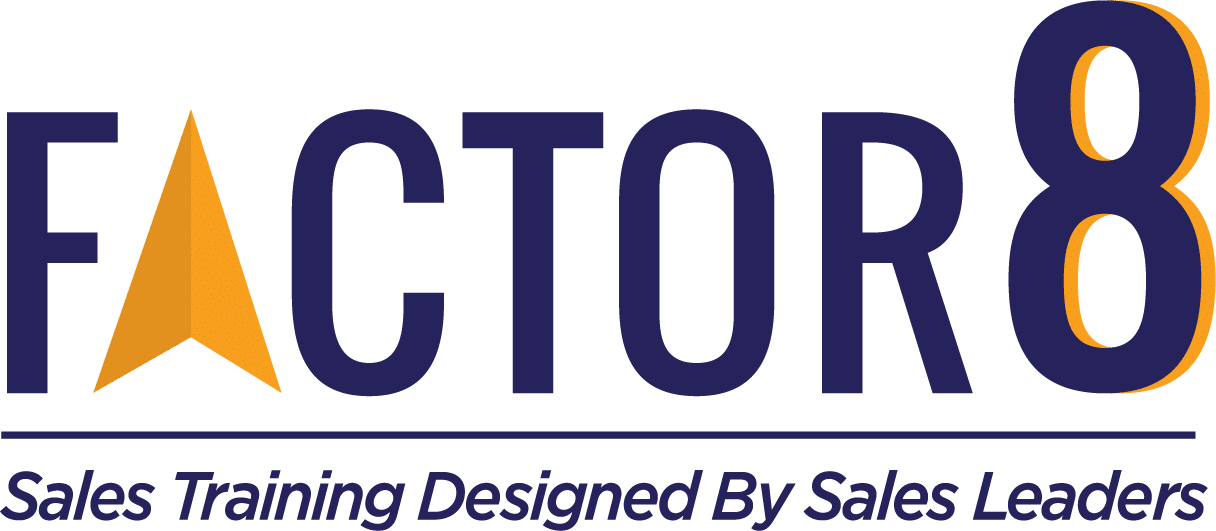7 Hacks to Improve New Sales Rep Onboarding
When was the last time you learned something new as a sales leader? If you’re struggling to find an answer, that’s a problem.
In fact, the problem is with our entire system of onboarding. Too many organizations see learning as an event, not a career-long process. So once the onboarding phase is complete, training stops, and sales reps are expected to figure things out on their own.
But ask yourself this: how many salespeople know how to do their job perfectly and meet quotas consistently after a three-month training period?
Don’t worry. I’ll wait.
Of course, that expectation is silly. Maybe that’s why 62% of companies consider themselves ineffective at onboarding new sales hires.
No one—and I’m including myself—masters their job so quickly. We become proficient at sales, management, coaching, and leadership a little bit every day. Then one day, we wake up, and suddenly we’ve arrived!!! (That is until it’s time to upskill again.)
So if you’re relying on a single onboarding phase to create perfectly competent reps, you’re missing the point. The goal of onboarding should be not competence, but confidence—which will motivate them to keep learning over their whole career.
Not only that but with salesperson turnover at 1.7X higher than other fields, building confidence and empowering your reps to continually improve is a powerful tool to aid in retention.
So how do you do onboarding the right way? Here are seven hacks that we’ve learned over our years of experience.
1. Focus on confidence, not competence
I alluded to this already, but too many sales onboarding initiatives start out with the wrong goal. When you try to get reps to a certain competence level within 60-90 days, they just end up drinking from the fire hose, and very little of that knowledge sticks.
So instead of the unrealistic goal of hitting quota within 90 days, make sales confidence your primary onboarding goal. Train the reps in a smaller number of high-impact topics, then send them out feeling like they’re ready to tackle the world.
THEN set up future training for them to continually upskill over the next months and years. If your reps are already confident, they’ll be anxious to improve themselves and will drink it all in!
2. Cover six primary competencies
Here are the six main competencies where you’ll have the most impact:
- Product. Not the history (no one cares—except maybe your investors). But how do you sell it? What problems does it solve? Emphasize benefits, not features.
- Systems. What resources do you have in place to support your reps? How do they access them? Where can they go with questions?
- Process. What are the top five questions a rep will get from customers, and how should they address them?
- Acumen. Reps need to know certain basic industry and business terminology to sell in their territory. What do they need to know to be effective on day one?
- Sales. You may think you’ve bought experience, but in today’s market, you can’t count on that. What basic sales competencies do reps need to have a solid grasp of?
- People. Who are the reps going to be working with on a day-to-day basis? Don’t just toss them over the wall—help them get to know their team.
3. Cut off the talking head
No one learns anything from a talking head (and those that do probably aren’t in sales). Salespeople learn by doing. So don’t just talk at them—get them engaged in the material and using it.
This is why it’s important to not only train your reps but also your managers. Managers are responsible for building a development culture in your organization. Your managers need to be trained on how to coach so they can help reps better develop their skills.
4. Hire reps in groups
If you want your salespeople to work as a team, hire them as a team. Training reps in groups is a great way to encourage more engagement with the material—and especially offline side discussions. Getting an entire cohort on board with the same material will only help everyone row in the same direction when they get onto the sales floor (or “virtual” sales floor).
5. Work with third-party professional trainers
According to Aberdeen, 45% of best-in-class sales organizations use third-party sales trainers. With good reason—if you’ve hired a cohort of 20-25 reps, a single sales manager just doesn’t have the bandwidth to coach and train them all, especially in a virtual world.
Professional sales trainers, on the other hand, will be able to get down in the mud with the reps, spending focused time on getting them up to speed and building their confidence. Remember: it’s important during onboarding to not only get the rep to process new information but encode it into their brains and bodies so they put it into practice.
(Psst! If you’re searching for inside sales training vendors, check out what you should be looking for here.)
6. Leverage the Voice of the Customer
Your reps are going to be working with customers eventually. So why not incorporate the Voice of the Customer into your training? One great tip is to have a library of pre-recorded, model sales calls that you can pull up and walk through new hires with. These calls should demonstrate top objections and (most importantly) how reps should respond to them.
7. Build a nest
If your goal is to build rep confidence, then it’s a good idea to have a safe place for them to go. (No, salespeople aren’t all tough as nails—we have a human side too!) Pairing reps with a designated nesting manager—usually a high-performing rep looking to move into management—can help them build confidence and skills. Keep in mind that a nesting manager is someone who’s purely developmental in focus. They’re not pulled in to save deals. They’re just about coaching people.
Final thoughts on improving training + ramp time
Never underestimate the importance of a strong onboarding program. You never get a second chance to make a first impression. If you want reps to have a solid, lasting relationship with your company, then onboarding is the perfect chance to start that relationship on the right foot.
And don’t be afraid to put some effort into it. Because if you do, you’ll definitely reap rewards down the road.
Ready to improve new sales rep onboarding?
We’ve got your back! Contact us today to learn how you can incorporate training into your sales rep onboarding process to speed ramp time and improve retention.

